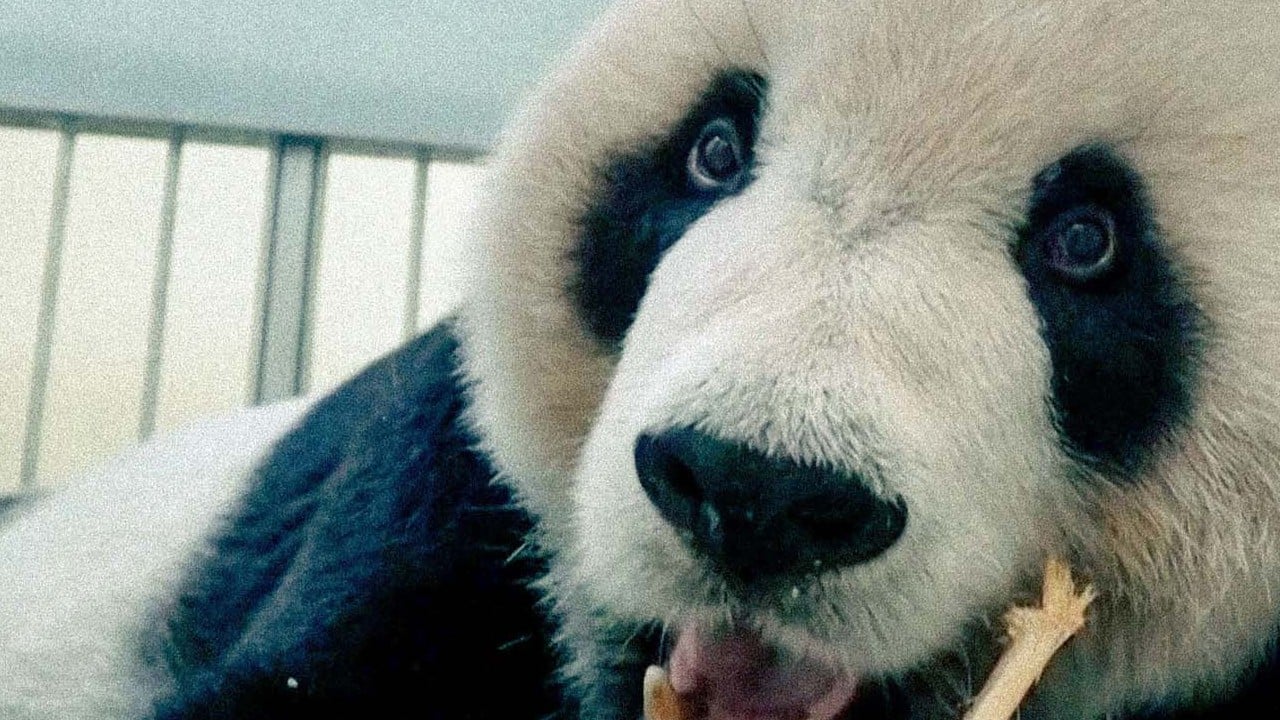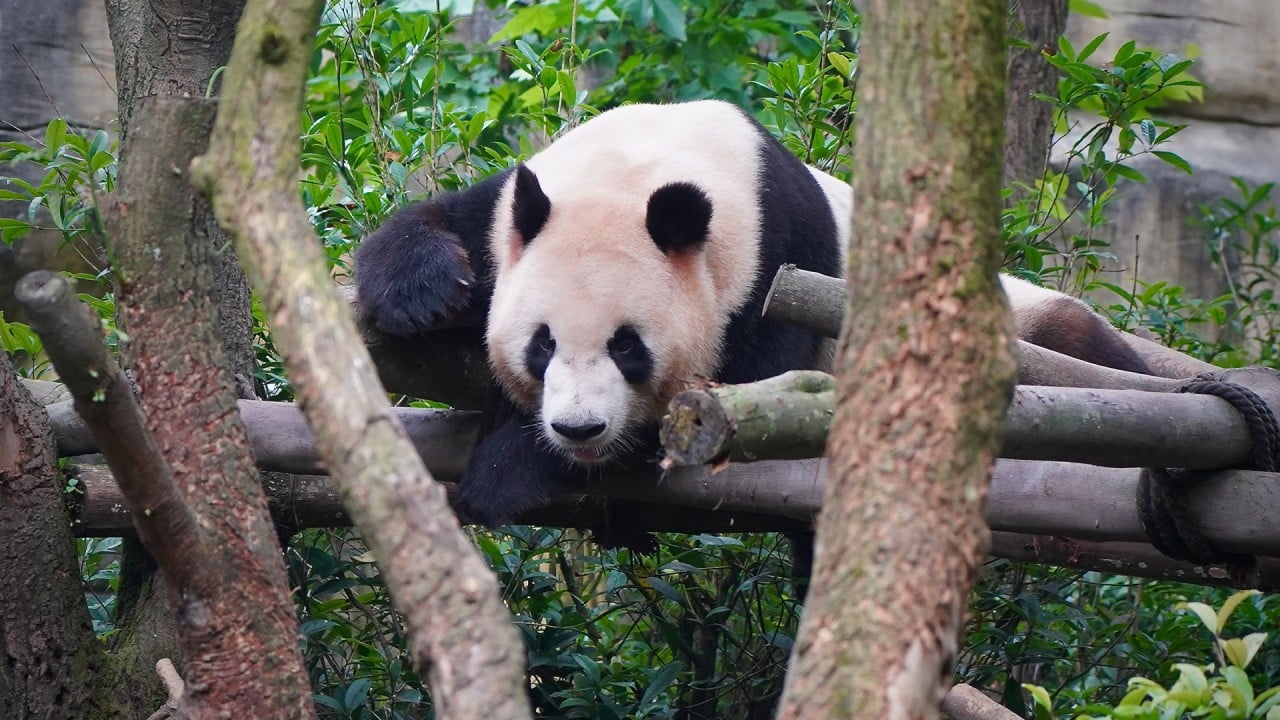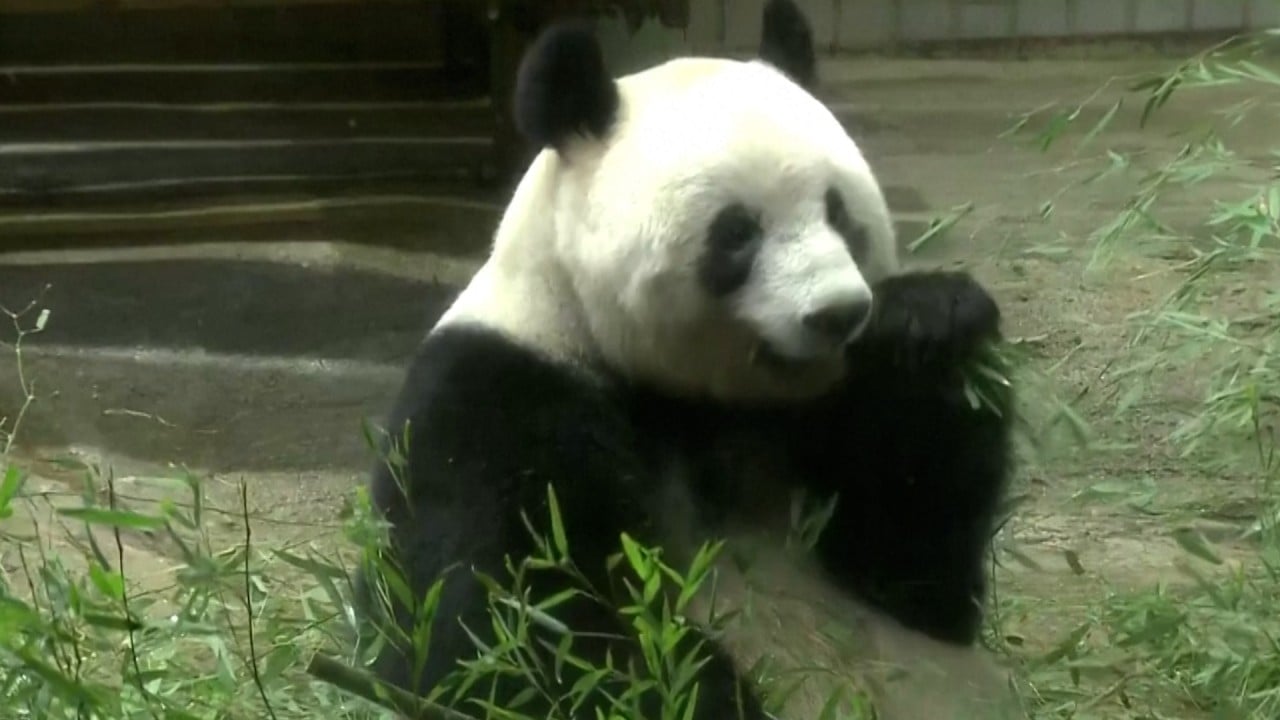
Explainer | How has China’s panda diplomacy evolved and where are its stars now?
- From strategic gifts to a programme centred on conservation, the giant pandas remain beloved attractions in zoos around the world
- As some of the animals return home, they continue to attract tears of goodbye and a joyous welcome in China
Ya Ya was moved to Beijing Zoo on Saturday, after spending a month in quarantine in Shanghai on her return from Memphis Zoo in the US at the end of a 20-year loan agreement.
Le Le’s death in February from heart disease meant 22-year-old Ya Ya spent her final months in Memphis alone. The male panda’s body was also brought back to China, in line with the agreement.
Ya Ya will be kept away from the public eye in her new home while she enjoys a “quiet rest”, Beijing Zoo said.
What is panda diplomacy?
Giant pandas have been a symbol of China’s soft diplomacy for decades, their destinations frequently tracking major trade deals, diplomatic initiatives and favourable statements on issues like Tibet or Taiwan.
Party time: Chinese panda prepares for homecoming with iced-cake celebration in US
Panda diplomacy was a significant part of China’s opening to the West. There was also an increase in gifts of pandas after the 1989 Tiananmen crackdown, as China sought to burnish its reputation, and again at periods linked to President Xi Jinping’s increasingly assertive foreign policy.
But the tradition can be dated to the Tang dynasty (618-907), when two live “white bears” and dozens of pelts were sent to imperial Japan in 685AD. Experts have determined that the “bears” were giant pandas.
In modern history, the animals have been the pinnacle of Chinese diplomatic gift-giving since 1941, when Soong Mei-ling – wife of the late Kuomintang leader Chiang Kai-shek – presented a “chubby pair of comical black and white furry pandas” to the US.
The gift was an expression of thanks for the help given by Washington to Chinese refugees during the Sino-Japanese war.
According to media reports from the time, the male cub was named American China and weighed 27kg (60lbs), with small round shining eyes and black and white fur on his face. His body fur was mostly black but not glossy. The female weighed 19kg (42lbs).
New pandas in Hong Kong? Ocean Park, city to discuss obtaining pair from Beijing
What part have pandas played in modern diplomacy?
China has used pandas as a modern diplomacy tool since the 1950s, to soften its image on the global stage and strengthen ties with other countries.
From 1957 to 1982, China donated a total of 23 giant pandas to nine countries: the Soviet Union, North Korea, the US, Britain, France, Germany, Japan, Spain and Mexico.
In 1961, the giant panda Chi Chi arrived at London Zoo and became the inspiration for the World Wide Fund for Nature’s logo when the WWF was created that year.
Ling Ling and Xing Xing were given to the US in 1972 after the historic meeting between president Richard Nixon and then Chinese leader Mao Zedong. The gift was a signal that relations between the two countries had normalised.
50 years of panda diplomacy: the softest power meets hard reality
Some 8,000 people turned out in the rain to greet their arrival and 1 million visitors have jammed the Washington National Zoo each year for an opportunity to see giant pandas.
None of Ling Ling’s five cubs lived more than a few days. Ling Ling died of heart failure in 1992 and Xing Xing was euthanised in 1999.
How do China’s panda loans work?
China ceased giving away its pandas in 1982, as part of efforts to protect the endangered species. Since 1984, Beijing has instead offered short-term loan plans which ensure the animals are returned to the country.
The loan agreements typically last for 10 years and can be extended. Hosting zoos pay an annual fee – usually US$500,000 to US$1 million each – to keep the pandas for research and exhibition purposes.
After a WWF lawsuit in 1998 related to the loaning process to US zoos, half of the fees are now earmarked for wild panda conservation.
Zoos usually receive a healthy reproductive pair and any cubs born during the loan period are the property of China. The zoo must also pay a “baby tax” of at least US$200,000 to China for each cub. The young pandas must be sent home when they are between two and four years old.
As Le Le’s case shows, if a panda dies while on loan its body remains China’s and must be returned, along with a fine of US$500,000.
Where are the pandas now?
There are at least 65 giant pandas overseas in 18 countries. Japan tops the list with nine, followed by the US, which has seven now that Ya Ya has returned to China.
Decades of conservation in the wild and study in captivity have saved the giant panda from extinction. In 2016, the species was reclassified from “endangered” to “vulnerable” on the International Union for Conservation of Nature Red List.
In July 2021, Chinese conservation authorities said giant pandas were no longer “endangered” in the wild, with a population of more than 1,800 living mostly in the country’s bamboo forests.
About 600 more pandas are in captivity in panda centres, zoos and wildlife parks in China and overseas.
Four pandas have been returned to China from Japan since February, with thousands of fans – many in tears – turning out to bid farewell to the beloved animals.
Xiang Xiang, the first panda cub born in Tokyo’s Ueno Zoo since 1988, was initially set to head home in 2019 but her departure was repeatedly postponed by pandemic travel restrictions.
Recent months have seen a number of deaths among China’s veteran panda diplomats. In April, the last of three pandas in Thailand died after nearly 20 years in an air-conditioned enclosure at Chiang Mai Zoo. Lin Hui was due to return home in October.
‘Deeply loved’ panda on loan from China dies in Thailand aged 21
Giant pandas can live up to 30 years in captivity, while in the wild their life expectancy ranges from 15 to 20 years, according to the WWF. But they are known for their low sex drive and it was years before researchers managed to get them to conceive in zoos.
In 2020, Xiao Qi Ji, or “little miracle”, became the first giant panda cub born outside China through artificial insemination using only frozen-thawed semen to survive. The Smithsonian’s National Zoo in Washington said the success showed “the value and key role of systematic biobanking in species conservation”.
What is pandanomics?
Pandas are a huge draw for zoos around the world and bring them substantial profits – breeding the phenomenon of pandanomics. Multiple studies agree that every zoo that hosts the species is widely favoured by visitors.
Edinburgh Zoo reported a 4 million increase in visitors and a jump in total revenue of more than £5 million (US$6 million) in the two years after taking in pandas in 2013.
Japan’s Xiang Xiang not only brought more tourists to Ueno Zoo, her presence also benefited its surrounding areas. Japanese experts have estimated that Xiang Xiang alone brought at least 2.7 billion yuan (US$380,000) in economic benefits.
From the day she was born, Xiang Xiang had the power to move the market. When the zoo set up a channel to live-stream the adorable cub’s antics, the stock price of the broadcast platform J-Stream rose.
In the US, panda branding is used for soy milk, dumplings, financial products and cigarettes.
Washington’s zoo has a wide range of products featuring Xiao Qi Ji and other giant pandas, including books, T-shirts and baseball caps.
Last year, zoo spokeswoman Annalisa Meyer said it was not possible to tally the revenue generated solely from panda products, but “giant pandas are Washington DC ‘celebearities’ and a huge draw for the Smithsonian’s National Zoo”.




